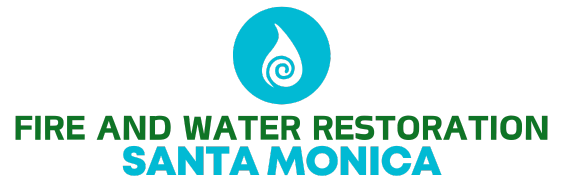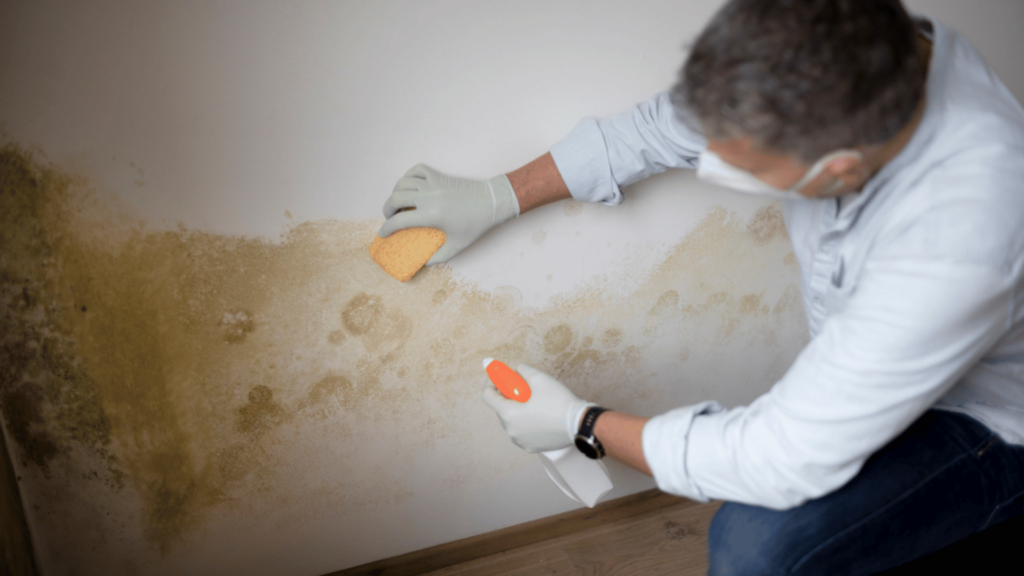Experiencing fire or water damage in your home or business can be overwhelming. Whether caused by a house fire, burst pipe, natural disaster, or appliance failure, the aftermath can leave you unsure of the next steps. While your first instinct may be to start cleaning up immediately, it’s crucial to understand that acting without a clear plan can lead to further damage, safety risks, or complications with insurance claims.
To help you navigate this stressful situation, here are the essential do’s and don’ts of fire and water damage cleanup. Knowing how to respond effectively can safeguard your property, health, and finances.
The Do’s
Do Prioritize Safety
Before re-entering a fire or water-damaged property, ensure it is safe. The structural integrity of the building may be compromised, electrical systems could pose hazards, and harmful substances such as smoke, soot, mold, or contaminated water may be present. If emergency services have been involved, wait for their clearance before entering the area.
For water-related damage, be cautious of slippery floors, potential electric shocks, and exposure to bacteria or sewage. Fire damage may include weak ceilings, falling debris, and residual toxic fumes. Prioritizing safety is critical before taking any further action.
Do Turn Off Utilities
If accessible and safe, shut off the water, gas, and electricity to prevent further damage and reduce the risk of fire or electrocution. This step is also necessary to protect restoration professionals and your family from additional hazards.
Do Document Everything
Before beginning the cleanup process, take comprehensive photos and videos of the damage. Capture detailed images of walls, ceilings, floors, personal belongings, and furniture. Documentation is essential for insurance claims, helping ensure you receive the compensation you deserve. Even if you hire a restoration company, maintaining your own records is advisable.
Do Contact Your Insurance Provider
Inform your insurance company about the damage as soon as possible. They may send an adjuster to assess the situation and provide guidance on the next steps. Some insurers may have preferred or approved restoration companies, so check with them before hiring professionals. Keep records of all communication and necessary paperwork for reference.
Do Hire a Professional Restoration Service
Fire and water damage cleanup is complex and requires expertise. Certified restoration professionals have specialized equipment, knowledge of building materials, and the skills to detect both visible and hidden damage. Hiring professionals helps prevent long-term issues such as mold growth, structural deterioration, and persistent odors.
Do Ventilate the Area and Start Drying
For water damage, if safe, open windows and doors to improve airflow. Use fans and dehumidifiers to expedite the drying process and reduce mold risk. In fire-damaged areas, ventilation can help dissipate smoke odors and airborne toxins.
Do Remove Wet or Damaged Items
Dispose of water-damaged or fire-damaged items such as carpets, clothing, curtains, and upholstery to minimize moisture retention and contamination. However, set aside items that may need to be inspected by your insurance provider before disposal.
The Don’ts
Don’t Use Electrical Appliances or Outlets
Avoid using any electrical appliances or outlets in affected areas until an electrician or restoration professional deems them safe. Water can compromise wiring, leading to short circuits or electrical fires, while fire damage can weaken electrical systems in ways that aren’t immediately visible.
Don’t Attempt to Clean Soot or Smoke Damage Yourself
Soot is oily and acidic, making improper cleaning techniques ineffective and potentially damaging. Using regular household cleaners can smear soot, cause permanent staining, and intensify odors. Smoke particles can also settle in hidden areas, such as HVAC systems, posing health risks. Professional cleaning is recommended for thorough decontamination.
Don’t Use a Regular Vacuum on Wet Surfaces
Using a household vacuum on wet surfaces can damage the appliance and create an electrical hazard. Only use wet/dry shop vacs rated for water cleanup, and only if it is safe to do so.
Don’t Delay Cleanup Efforts
Time is critical when dealing with fire and water damage. Delayed action can lead to mold growth within 24 to 48 hours, wood rot, and permanent staining. While waiting for insurance approval for extensive repairs, take small, safe steps like removing standing water and ventilating the area.
Don’t Discard Everything Immediately
While it may be tempting to throw away damaged items, your insurance adjuster may need to inspect them before assessing losses. If items are not hazardous, store them safely until the claims process is complete.
Don’t Overlook Hidden Damage
Just because an area looks dry or clean doesn’t mean it’s safe. Moisture can hide behind walls, under floors, or in ceilings, leading to future structural issues or mold infestations. Smoke damage can penetrate insulation and other materials, requiring deep cleaning. Restoration professionals use specialized equipment, such as moisture meters and infrared cameras, to detect hidden damage.
Don’t Handle Hazardous Materials
If your home contains asbestos, lead-based paint, or sewage-contaminated water, do not attempt to clean it yourself. These materials require expert handling to prevent health risks. Professional restoration teams use protective gear and certified disposal methods to manage hazardous substances safely.
The Importance of a Methodical Approach
Dealing with fire or water damage is undeniably stressful, but taking the right steps can make the recovery process smoother and more efficient. Acting quickly yet cautiously, documenting everything, and working with professionals will help protect your property and health while ensuring your insurance claim is processed correctly.
Safety should always come first, and cleanup efforts should be strategic. Relying on professional restoration services minimizes long-term damage and ensures your property is restored correctly. Whether dealing with smoke damage or a flooded basement, following these do’s and don’ts will help you get your home or business back to normal as safely and quickly as possible.
Do not forget: Quick action and informed decisions are key to minimizing damage and maximizing recovery.

